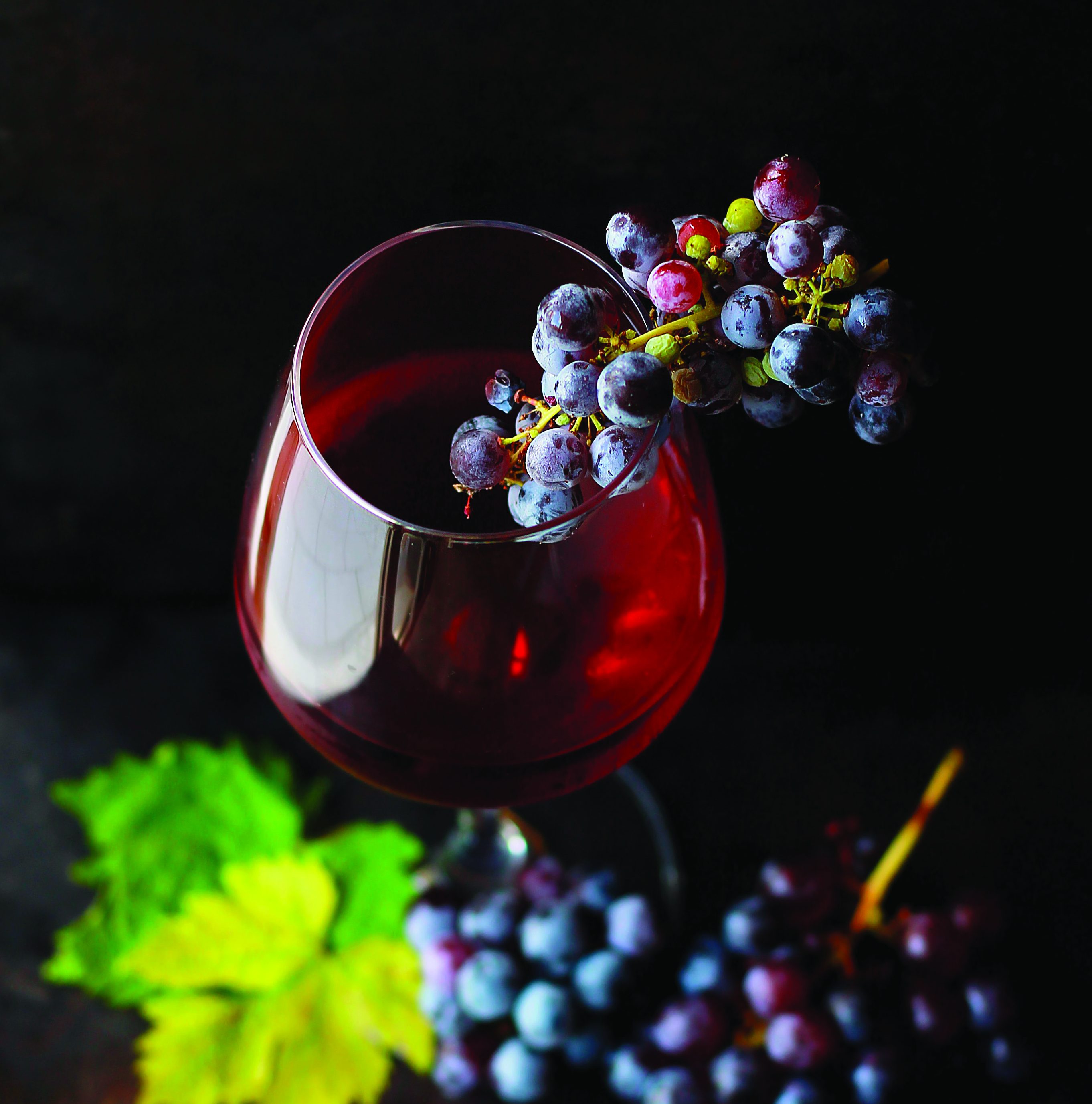5.9 Siena the capital of wine
A territory of vineyards and great labels appreciated throughout the world, Siena is a province which has the highest quality wine production in its DNA, in the history written by men and women who over the centuries have “perfected” knowledge, techniques, with forward thinking vision, innovation and territorial promotion. The five Docg (Controlled and Guaranteed Denomination of Origin) and the numerous Docg (Controlled Denomination of Origin) present in the province of Siena are not random: there is practically no piece of land that is not “certified” starting from Chianti Classico, passing through San Gimignano, to Montalcino and Montepulciano. Names of historic towns, which owe part of their international reputation to the main product.
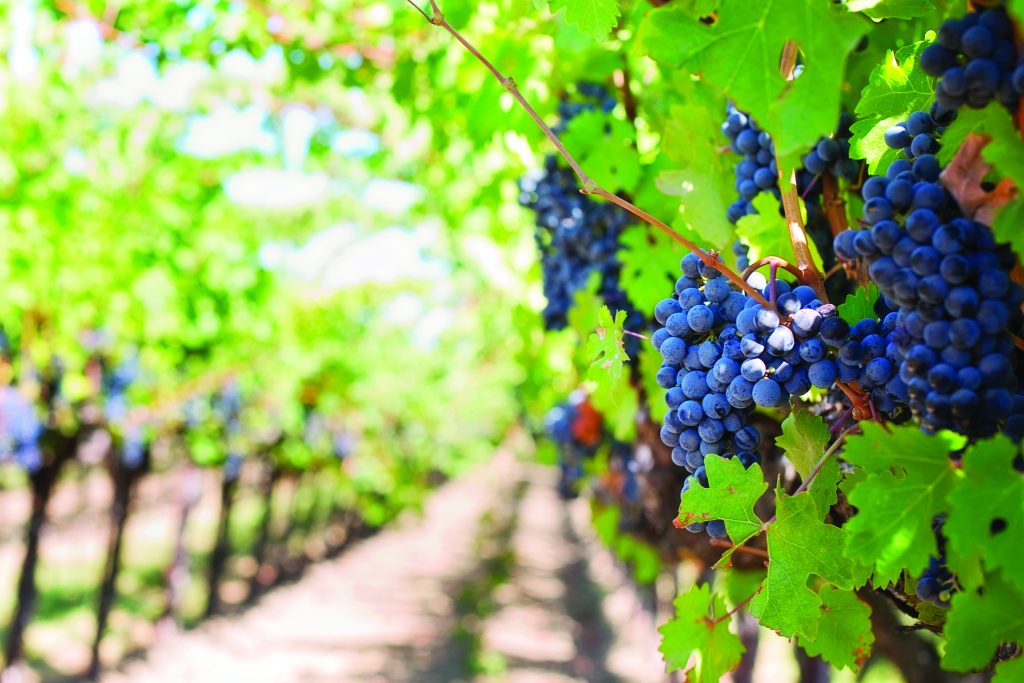
Brunello, Nobile, Chianti Classico and Vernaccia are a winning combination that few other territories can claim; to which must be added the growing production of Chianti Colli Senesi, Orcia and Grance Senesi; without forgetting the great reds, from Rosso di Montalcino and Montepulciano, to the wine producing wines of Valdarbia and Valdichiana. The province of Siena is the first Tuscan province when it comes to production (over 1 million hectoliters) of which about 90% is red; with an area planted with vines of about 22 thousand hectares equal to 33% of the Tuscan area planted with vines. Wine means tourism, in the Terre di Siena.
Montalcino is famous worldwide for its history and for its natural and artistic beauties, but Brunello is the first reason for a visit among the beautiful hills distinguished by the Sangiovese vineyards. Montepulciano is a city of art, with its beautiful Piazza Grande and the Duomo, the churches of the historic center and the imposing San Biagio; the noble buildings such as the charming Palazzo Comunale. However, in the town of Poliziano, the Vino Nobile is the reason for a visit, increasingly attractive in domestic and foreign markets for the wine production of Montepulciano. What to say about Chianti Classico that before other territories has been able to export the combination of wine and terroir? Chianti Classico means unique landscapes, relaxation, homes perfumed with the scent of Tuscany, but also vineyards as far as the eye can see and a ruby red glass of Black Rooster (Gallo Nero). The slender towers of San Gimignano are increasingly enchanted by the unmistakable aromas of an author’s white wine in the land of reds, Vernaccia; and the Val d’Orcia countryside adorned with architectural jewels also stands out for its robust red wines and expression of its territory of origin.
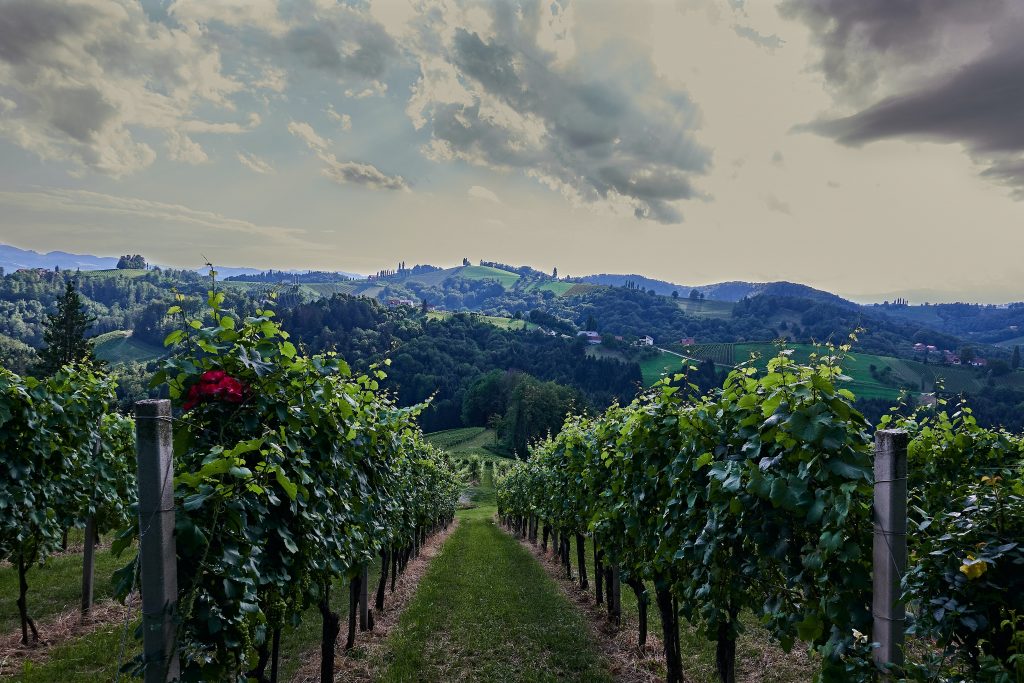
The cultivation of vines in Tuscany has been present for over two thousand years, already at the time of the Etruscans. For at least eight hundred years it has been an integral part of the Sienese landscape. This is due to particularly favorable soil and geoclimatic conditions. But above all thanks to men who, in an ongoing metaphorical process of experience and knowledge, have passed down the production of one of the products that most characterizes today the made in Italy: wine. Chianti, Brunello, Nobile, Vernaccia, are, in fact, known and appreciated all over the world for centuries. And in the last one hundred and fifty years they have spread to every corner of the earth. In the Divine Comedy, Dante wrote about how good and appreciated Vernaccia di San Gimignano was, just as Giovanni Boccaccio in his Decameron included wine among the remedies used by the bandit Ghino di Tacco to heal the abbot of Cluny, his prisoner and patient suffering from gastritis. In the 15th century, the humanist poet Angelo Poliziano sang the praises of Nobile, one of the favorite wines of the French Enlightenment Voltaire. While certainly Cecco Angiolieri was a great drinker of Chianti wine, who accompanied the dice and the females attending the “taberna” or one of the nineteen wine makers present at that time in the city of Siena.
The history of art is then rich in episodes that recall the wine, full cups and rows that outline the Sienese countryside, as in the famous fresco by Ambrogio Lorenzetti in the public palace in Siena wanted to draw the “Effects of Good Government in the Countryside” and did not miss to depict long rows of “cavalcapoggio”, next to olive trees and ripe crops. Just as Duccio di Boninsegna in his “Wedding at Cana” or “Last Supper” gave wine a leading role. And undoubtedly, the Sienese, in seeing those sacred works, thought not only of the divine but also of the wine that, in their hearts, could only be Chianti red. After all, it was always red the wine drunk by the gluttonous portraits of Taddeo di Bartolo in his series “Inferno”, frescoed in the collegiate church of San Gimignano. As if to say that the wine could be both holy and diabolical at the same time. As happened to those two Benedictine monks who were surprised by St. Benedict eating and drinking outside the monastery, portrayed in the flagrancy of the crime by Luca Signorelli who, together with Sodoma, worked on the series of frescoes in the great cloister of the abbey of Monte Oliveto Maggiore in Asciano. However, the same Saint is depicted elsewhere while drinking wine that was admitted by the strict Benedictine rule. It was therefore the context that made the difference between holiness and sin. Today we could argue between use and abuse.
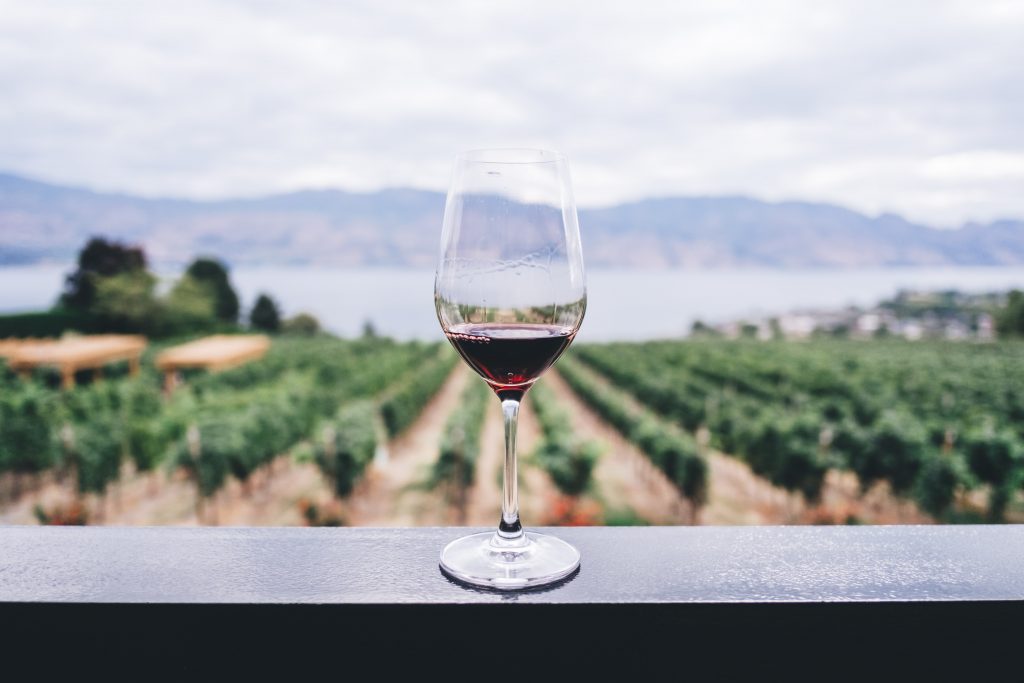
There have been many famous admirers of Chianti, from the scientist Galileo Galilei who on his farm in Grignanello in Castellina in Chianti praised the “wine as the blood of the earth”, to the great musician Giuseppe Verdi. So wrote his companion: Verdi is well, he eats, runs around the garden, sleeps and drinks Chianti, just Chianti. Hurray, then, for Chianti and who has given it to him in such a good way!”. Relatively recent is the history of Brunello that appeared under this name for the first time in the 19th century. But Montalcino, which was famous for the cultivation of olives, already produced wine in ancient times, if it is true that even Charlemagne, who on his return from Rome had the famous abbey of Sant’Antimo built, could taste it. The Sienese barricaded in the fortress of Montalcino during the long siege of 1559 by the ferocious Spaniards could taste it. To disguise the paleness of the privations of the siege, they frictioned their faces with jugs of “rozzentissimo et sapido vino rosso”. The recent history of Montalcino wine is also made of great success and popularity and is considered one of the best wines in the world.
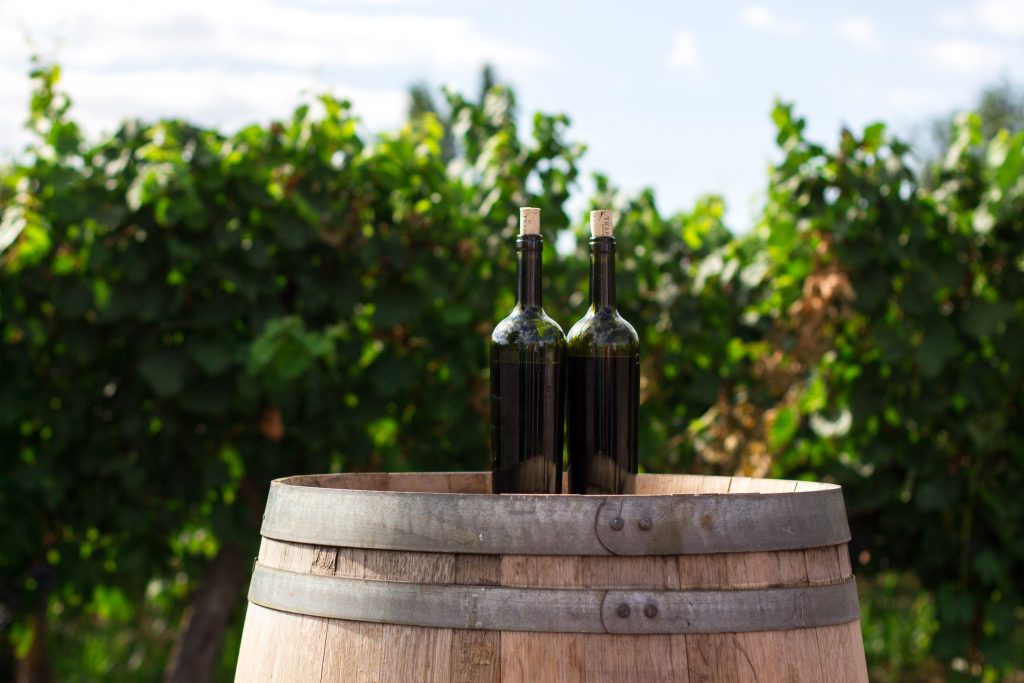 The origins of Nobile di Montepulciano date back to the Etruscans, whose town, founded by the mythical Porsenna, was the object of an invasion by the Sennoni Gauls, recalled by the merchant of Chiusi Arrunte, but attracted by the red wine of those hills. It is in the Vatican Library, then a manuscript from the end of the seventeenth century that, in the form of a poem, sings the praises of that wine “fruit of wise work”: “As empty as the cup of a good sip, no violence or wild anguish disturbs the ingenuity and serenity of the spirit; indeed, liquor gives strength to the intellect and wings to talent. We owe to Bettino Ricasoli the magic formula of Chianti wine, which wisely combines Sangiovese, Malvasia Bianca and Canaiolo grapes that has allowed its diffusion and success all over the world and that still makes it one of the leading products of Made in Italy. In 1872 he wrote: “the wine receives from Sangioveto the main dose of its perfume (to which I specifically aspire) and a certain vigor of sensation, from Canajuolo the amiability that tempers the hardness of the first one, without taking away anything of its perfume to be endowed with it; the Evil one, which you could avoid in wines intended for aging, tends to dilute the product of the first two grapes, increases the flavor, and makes it lighter and more readily usable at the daily table”. This is the alchemical formula allowing to drink Chianti at every table in the world: “7/10 of Sangioveto grapes, 2/10 of Canaiolo and 1/10 of Trebbiano and Malvasia”.
The origins of Nobile di Montepulciano date back to the Etruscans, whose town, founded by the mythical Porsenna, was the object of an invasion by the Sennoni Gauls, recalled by the merchant of Chiusi Arrunte, but attracted by the red wine of those hills. It is in the Vatican Library, then a manuscript from the end of the seventeenth century that, in the form of a poem, sings the praises of that wine “fruit of wise work”: “As empty as the cup of a good sip, no violence or wild anguish disturbs the ingenuity and serenity of the spirit; indeed, liquor gives strength to the intellect and wings to talent. We owe to Bettino Ricasoli the magic formula of Chianti wine, which wisely combines Sangiovese, Malvasia Bianca and Canaiolo grapes that has allowed its diffusion and success all over the world and that still makes it one of the leading products of Made in Italy. In 1872 he wrote: “the wine receives from Sangioveto the main dose of its perfume (to which I specifically aspire) and a certain vigor of sensation, from Canajuolo the amiability that tempers the hardness of the first one, without taking away anything of its perfume to be endowed with it; the Evil one, which you could avoid in wines intended for aging, tends to dilute the product of the first two grapes, increases the flavor, and makes it lighter and more readily usable at the daily table”. This is the alchemical formula allowing to drink Chianti at every table in the world: “7/10 of Sangioveto grapes, 2/10 of Canaiolo and 1/10 of Trebbiano and Malvasia”.
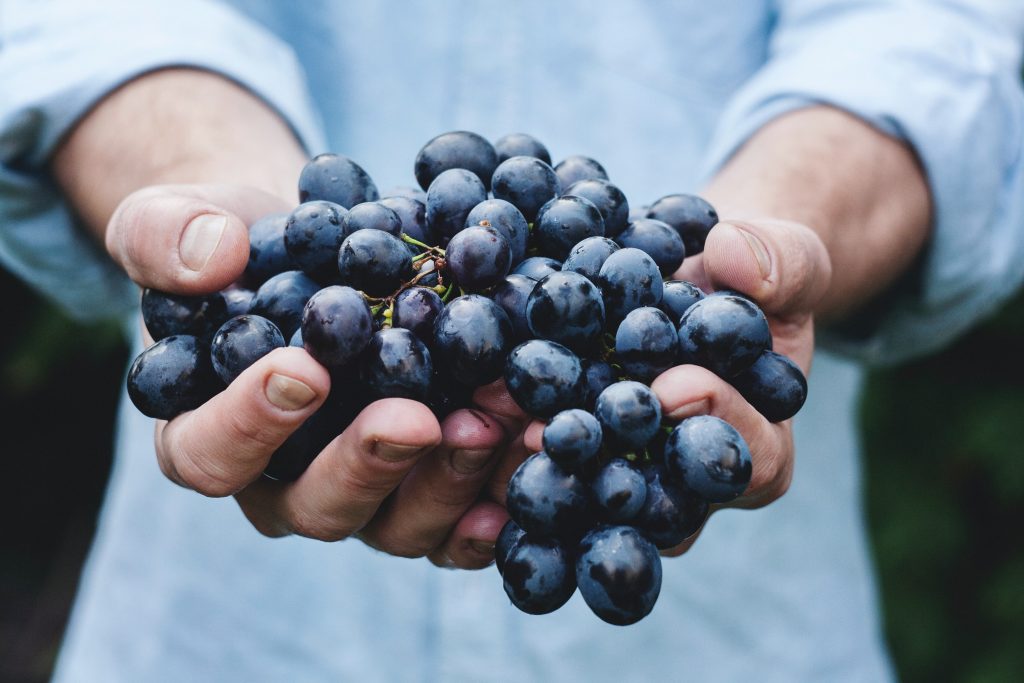
Ricasoli had spent over thirty years of agronomic activity to reach this formula, thanks also to the scientific advice and friendship of a Pisan professor, Cesare Studiati, who analyzed the results of the fermentation of Brolio grapes in the laboratory. He also contributed with his knowledge to another pioneer of the Italian wine world, Clemente Santi, who sent Malvasia samples from Montalcino to Pisa to be analyzed for his Moscadello and who was the first, in 1865, to present in an exhibition in Montepulciano a bottle of red wine with the words “brunello” (with a lowercase b). Then it was Ferruccio Biondi Santi’s nephew, Ferruccio Biondi Santi, who, after having volunteered with Garibaldi in the third war of independence, began to study Sangiovese to make a wine suitable for ageing. He understood that, sooner or later, his tastes would change and he would pass on to appreciate decisive red wines rather than young, ready to drink ones. Time proved he was right. And if Montalcino has changed from producing Moscadello, a sweet wine, to Brunello and has become famous throughout the world, it is also due to its forward thinking approach.
Brochure edited by Primamedia, Siena
Texts edited by Cristiano Pellegrini
(various historical sources)
Editorial coordination: Elisa Boniello and Laura Modafferi
Photos: Archivio Comune di Siena Graphic design: Michela Bracciali
